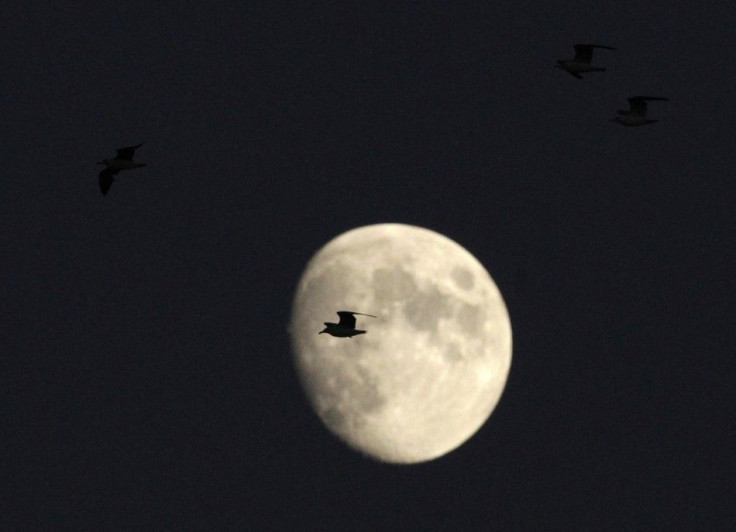Moon Could be 200 Million Years Younger Than Previously Thought, Study

The analysis of one lunar rock has raised a hoard of questions about the formation of the moon as results suggest the moon could potentially be 200 million years younger than believed.
The rock samples collected by scientists during NASA's Apollo lunar landings posed a new time frame for the moon's formation when juxtaposed with the findings from the rocks that the Apollo 16 astronauts found in 1972.
The new findings suggest that the moon is only 4.36 billion years old and hint that there may have never been a magma ocean covering the earth's surface soon after it was thought to have formed. Instead the lunar crust could have formed over an extended period of time through the crystallization of small pods of magma, much like the earth's crust, scientists told SPACE.com.
To measure the age of the moon scientists measured the proportions of various isotopes within materials. After many years of trying, we have found a way to reliably date the ages of lunar crustal rocks with high precision, said study lead author Lars Borg, a planetary scientist at the Lawrence Livermore National Laboratory in California. We can apply this technique to address many questions regarding the timing of ancient events on the moon.
The extraordinarily young age of this lunar sample either means that the Moon solidified significantly later than previous estimates, or that we need to change our entire understanding of the Moon's geochemical history, said team member Richard Carlson of the Carnegie Institution for Science in Washington.
The new dates could leave scientists who model the moon's formation scratching their heads, said Alex Halliday, an isotope geochemist at Oxford University who was not involved in the study. It's a little bit awkward, because nobody likes to say, 'They've got their data wrong,' the Los Angeles Times reported.
Borges research comes at a time of speculation that the early earth may have had two moons. If this was the case the moon could have two distinct types of rock formations called ferroan anorthosites ( FANs). An older class derived from the smaller companion moon, and a younger class from the main body of the moon, which would have cooled more slowly, according to a blog on Nature.com
© Copyright IBTimes 2024. All rights reserved.





















